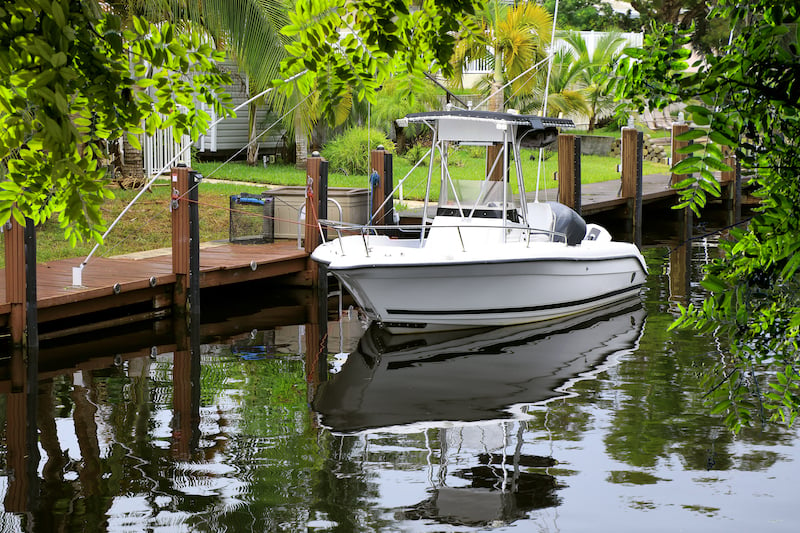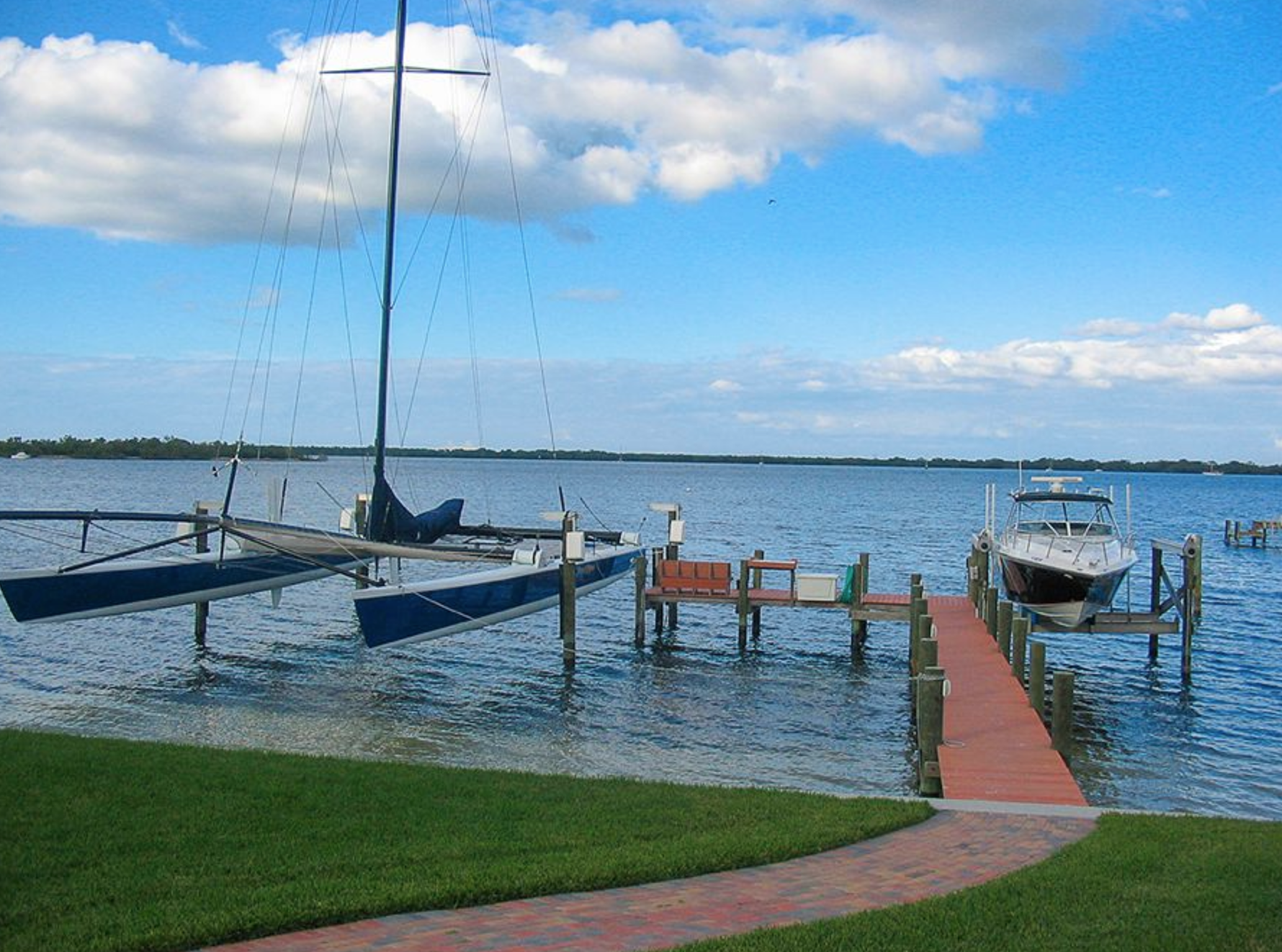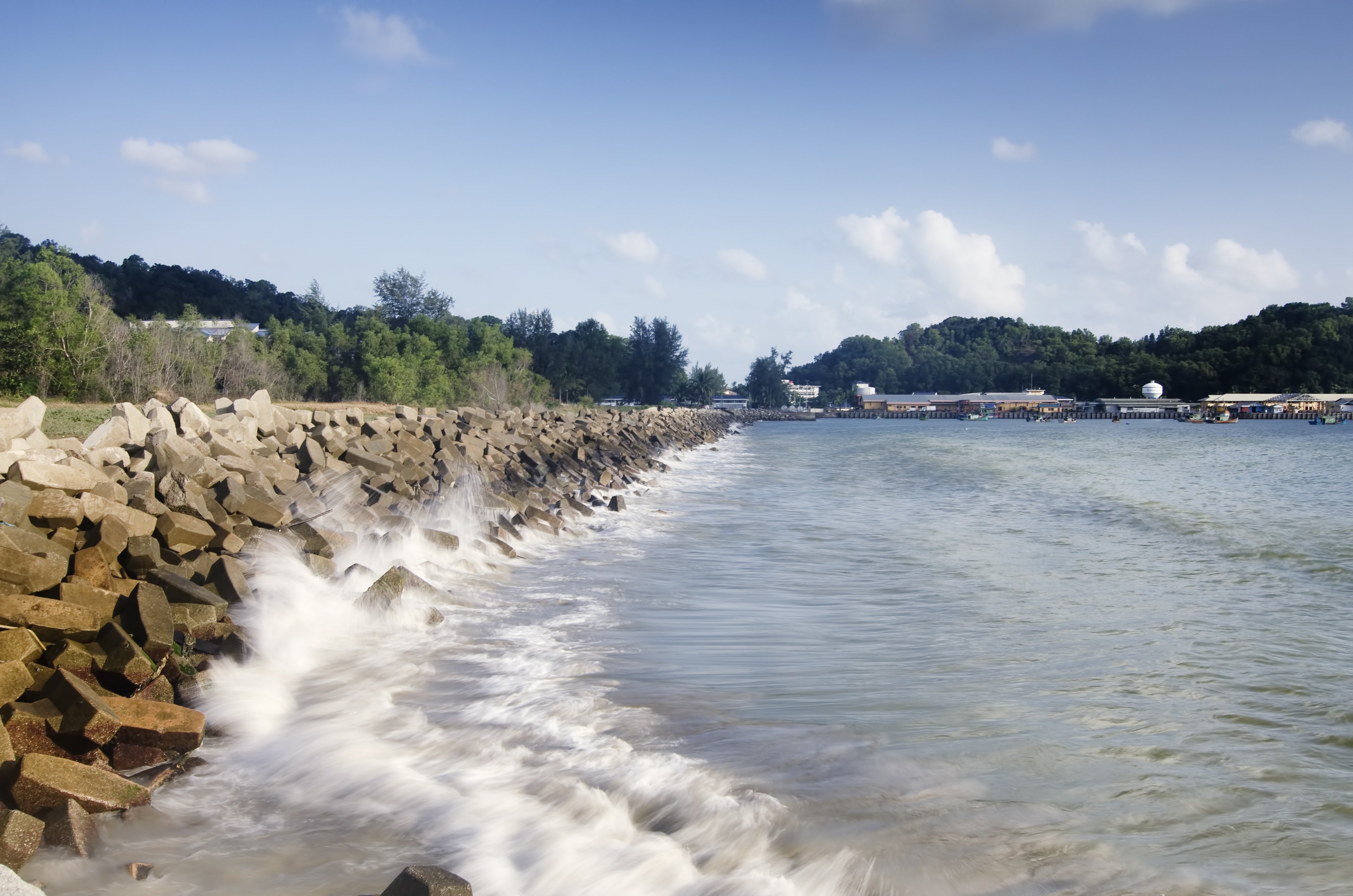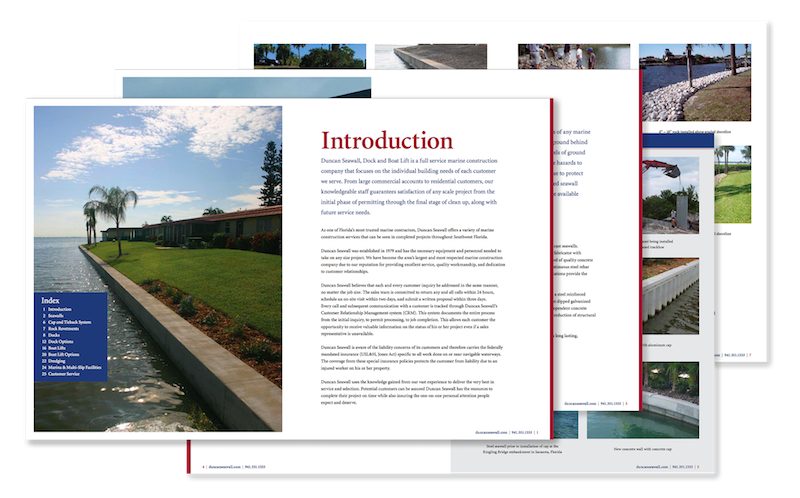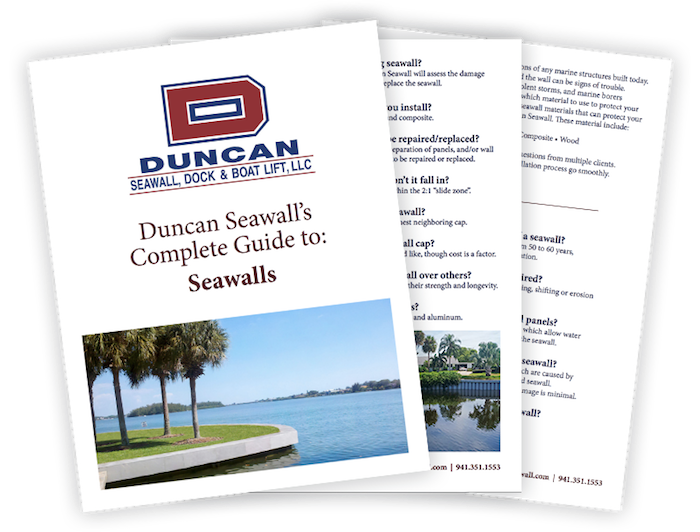Docking your boat can be one of the trickiest parts of a day on the water. From changing tides to shifting currents, understanding how water levels affect your approach is essential for a smooth and safe docking experience.
Related Blog: Floating vs. Static Docks: How to Decide What Works for Your Waterfront
Understanding How Tides Move
Tides are shaped by the gravitational pull of the moon and the sun, along with the influence of wind and weather. When winds blow toward the shore, incoming tides can rise higher than usual, while offshore winds may cause lower tides or delay their arrival. The "tidal height" refers to how far the water rises or falls, while the tidal range measures the difference between high and low tides.
The movement of the water between these points creates a current, which determines how fast the tide flows. A "tidal day" lasts about 24 hours and 50 minutes, with roughly six hours between high and low tides. Lunar days follow the moon phases, which take 29.5 days to complete.
How to Dock for Different Types of Tides
Understanding tides is essential for safe and effective docking. Different tides, including high, low, incoming, outgoing, slack, and spring, affect how your boat approaches the dock and how you secure it. Below, we break down what you need to know for each type of tide:
High Tide
High tide is when the water is at its highest point. It can make docking easier, but if your dock isn’t tall enough, high water can create challenges. Approach slowly, position your boat parallel to the dock, deploy fenders, prepare mooring lines, and communicate with your crew.
Low Tide
Low tide exposes more of the shoreline and can leave boats grounded if you’re not careful. Approach slowly, watch for underwater obstacles, and position your boat to remain safely afloat as water levels recede.
Incoming Tide
During a rising tide, water levels increase as the tide moves from low to high. Monitor your lines and water levels to keep your boat secure as the tide rises.
Outgoing Tide
Also called an ebb tide, outgoing tides move water away from the shore. If the current pushes your boat from the dock, approach at an angle, use reverse to slow, then forward and turn sharply to guide the stern in.
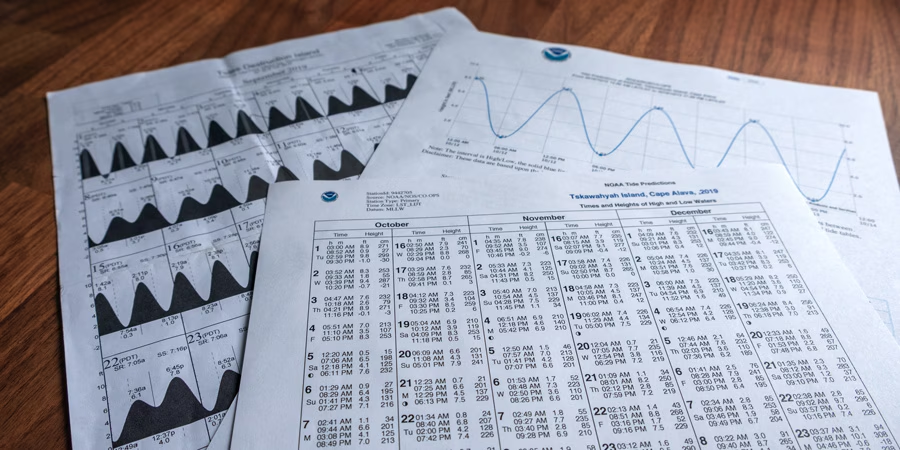
Slack Tide
Slack tide occurs between incoming and outgoing tides when currents are minimal. This is the easiest time to dock, as water movement is minimal, just follow your standard docking procedures.
Spring Tide
Spring tides happen when the sun and moon align, creating stronger tides with higher highs and lower lows. Use long spring lines to allow your boat to rise and fall safely with the tide.
Neap Tides
Neap tides occur when the sun and moon form a right angle, producing weaker tides. When docking in a current, push forward with your engine; for cross-currents, approach slightly upstream to align your boat with the dock.
Docking with the Tides in Mind
When docking your boat, always keep tides, wind, and currents in mind. Slack tide is ideal because water movement is minimal, but high or low tides can make reaching your docking spot more difficult. Using a tide table is essential for planning, whether you’re a new boater or an experienced cruiser.
Practice is key to improving your docking skills, but a custom dock built for your waterfront can make the process much easier. Our marine construction experts at Duncan Seawall can help design a dock that simplifies docking and keeps your boat safe. Download our Complete Guide to Docks to start designing a custom dock today!



